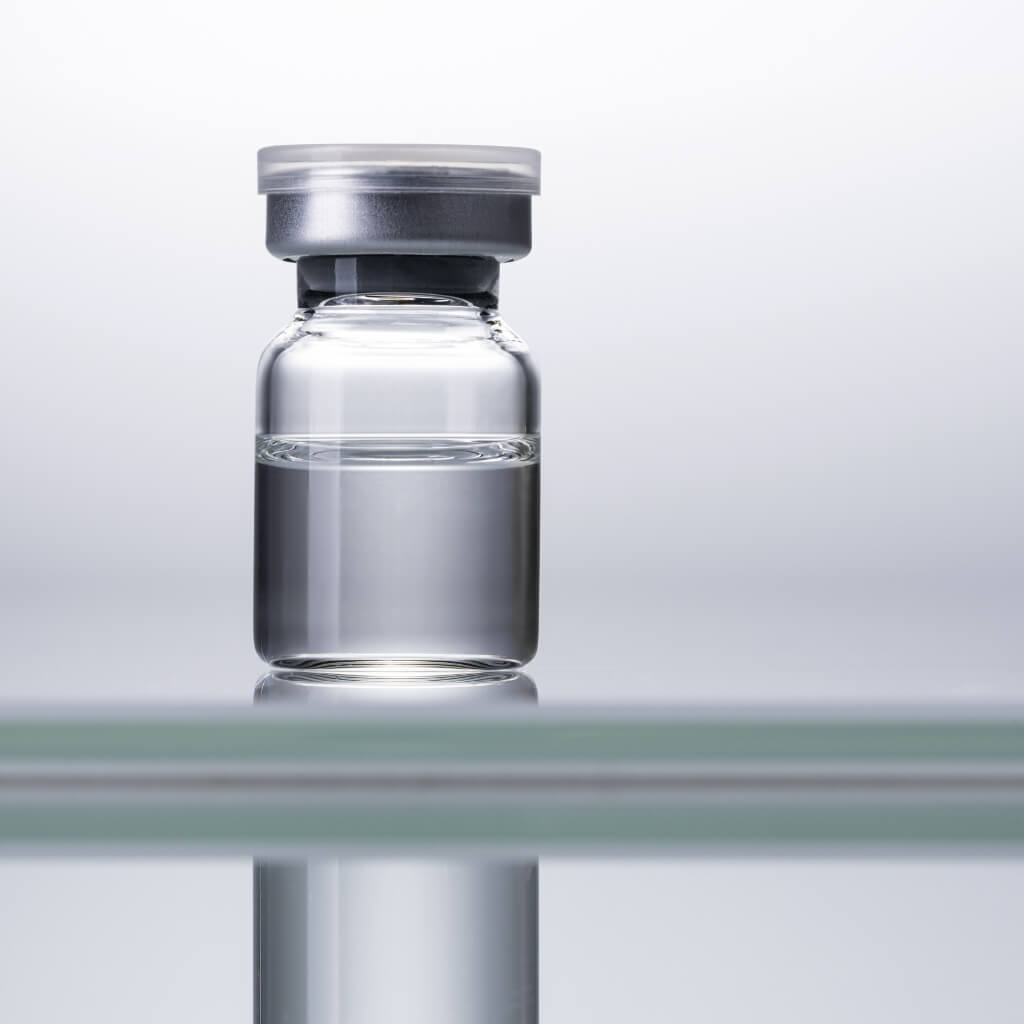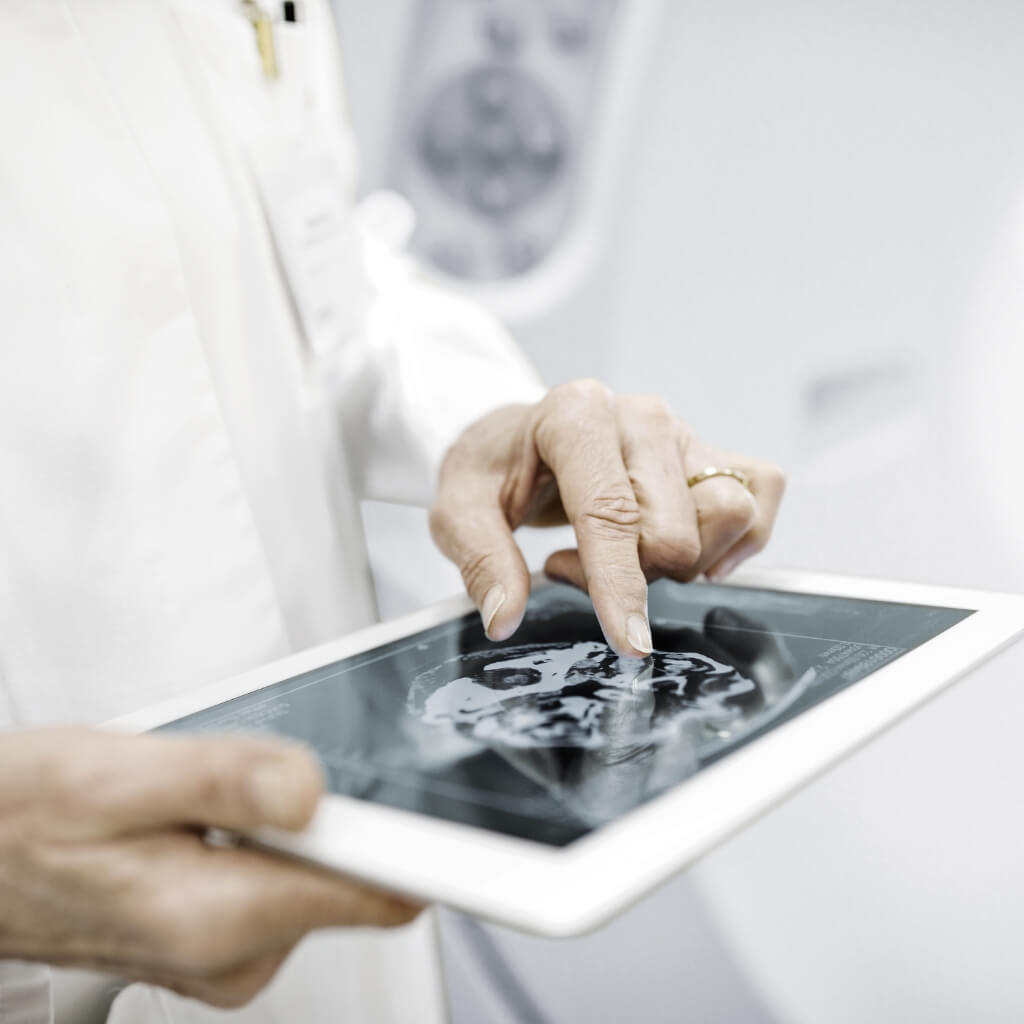Chimeric Antigen Receptor T Cell Therapy (CAR-T): Genetically programmed immune cell binds to and destroys cancer cell / Therapy is now available for the majority of indications
23. September 2022 • Cell / Gene technology
23. September 2022 • Cell / Gene technology
Findings from cutting-edge oncological research
Despite significant progress in the treatment of rare forms of blood cancer in recent years and the approval of new drugs in Germany, the prognosis for many patients remains unfavorable. Research teams at Leipzig University Medical Center are working to achieve a better understanding of these diseases by investigating how bone marrow cancer develops in several preclinical and translational projects. In addition, they’ve found a new molecular functional mechanism and, in another study, demonstrated the high risk of relapse in patients with tiny amounts of leukemia cells. The results of the three research groups have been published in prestigious scientific journals.
Why do up to 80 percent of patients with multiple myeloma, a type of bone marrow cancer, develop osteolysis (bone damage) in some regions of the body while others don’t? During a research visit to Buffalo, New York, consultant Dr. Maximilian Merz from Leipzig found that the malignant plasma cells that trigger bone damage differ significantly from the rest of the body. Using CT-guided punctures, myeloma cells were extracted from osteolyses and examined by techniques such as single-cell sequencing. The samples were then compared to the malignant plasma cells from the iliac crest, where bone marrow puncture is usually performed in routine diagnostics to further examine malignant cells. Dr. Merz and his team were able to demonstrate that plasma cells from osteolyses elicit genes that, among other things, stimulate bone-degrading osteoclasts and induce new vessel formation. “Our findings underscore that myeloma can have multiple faces, and that several different clones can occur simultaneously in multiple locations in patients. This will have diagnostic, prognostic and therapeutic consequences,” said Dr. Merz, summarizing the research findings.
New functional mechanism in leukemia of T-lymphocytes investigated
The research group headed by Dr. Marco Herling discovered a new molecular functional mechanism of a rare and hitherto little researched form of T-lymphocyte leukemia. This disease rarely responds to the usual blood cancer therapies and has a poor prognosis with an average patient survival of about two years. Herling’s research group found that the molecule AGO2 plays a crucial role in this rare form of blood cancer. AGO2 was previously thought to be a key cancer-initiating molecule that’s significantly involved in the fine regulation of normal and tumor gene expression. “In our research, we deciphered a new, unconventional functional mechanism of AGO2 in leukemia cells,” explained Dr. Herling. He added: “AGO2 interacts directly with essential proteins of signal transduction from a very central growth factor of the T-cell, the T-cell antigen receptor. The presence of AGO2 enhances the response to incoming cell signals.” This previously unknown molecular interaction was validated using various methods of protein analysis and its high molecular structure was determined. This represents a new medical approach to therapeutic intervention.
Patients with even very small amounts of leukemia cells at high risk of relapse
For patients with acute myeloid leukemia, bone marrow transplantation is an effective treatment option in certain situations. It’s therefore important that physicians identify patients at high risk of relapse after transplantation as early as possible during treatment so that they can adapt therapy options at an early stage.
The research group headed by Dr. Madlen Jentzsch and Dr. Sebastian Schwind is working on ways to detect even the tiniest amounts of surviving tumor cells in blood and bone marrow during and after leukemia treatment. In their study, the researchers showed that the detection of measurable residual disease in apparently leukemia-free patients about to undergo bone marrow transplantation is an important prognostic factor. Residual disease is relevant regardless of whether the transplant was performed as initial therapy or only after the patient had relapsed. “Our results help us to better understand acute leukemia and can be used to optimize treatment planning,” declared Dr. Jentzsch. “They provide an important basis for the development of appropriate therapies that are capable of completely eliminating even minute amounts of surviving tumor cells,” she added.
All three research groups are conducting their research at Leipzig University Hospital’s Medical Clinic I for Hematology, Cell Therapy and Hemostaseology under the direction of Professor Uwe Platzbecker at Leipzig University Hospital. Leipzig University’s Faculty of Medicine is profiling itself as an oncological center of excellence. The CCCG Comprehensive Cancer Center Central Germany was recently awarded an excellence grant by German Cancer Aid.
The original publications appeared in:
Nature Communications
“Deciphering spatial genomic heterogeneity at a single cell resolution in multiple myeloma”
DOI: 10.1038/s41467-022-28266-z
Cancer Research
“Noncanonical Function of AGO2 Augments T-cell Receptor Signaling in T-cell Prolymphocytic Leukemia”
DOI: 10.1158/0008-5472.CAN-21-1908
Blood Advances
“Impact of the MRD status in AML patients undergoing allogeneic stem cell transplantation in first vs second remission”
DOI: 10.1182/bloodadvances.2022007168

cell-immune-gene-therapies
Small glas bottle which is normally used to store vaccine
Chimeric Antigen Receptor T Cell Therapy (CAR-T): Genetically programmed immune cell binds to and destroys cancer cell / Therapy is now available for the majority of indications

digital-health
Human who looks onto a recording of brainwaves on his tablet computer and moves the model with his fingers
The Smart Infrastructure Hub Leipzig will receive a further 1,9 million euros from the cluster funding of the Saxon Ministry of Economic Affairs.

cell-immune-gene-therapies
Small glas bottle which is normally used to store vaccine
A relatively small metropolis in Germany’s Free State of Saxony – a dynamic hub for the life science industry? What was just a vision 20 years ago has become a reality for the city of Leipzig, which from October 24-26 co-hosted BIO-Europe, Europe’s largest annual biotech partnering event.

services
Woman who looks at something through a microscope while another woman ist watching her
The European Commission has approved the Saxon ERDF/JTF program for the funding period 2021 to 2027.